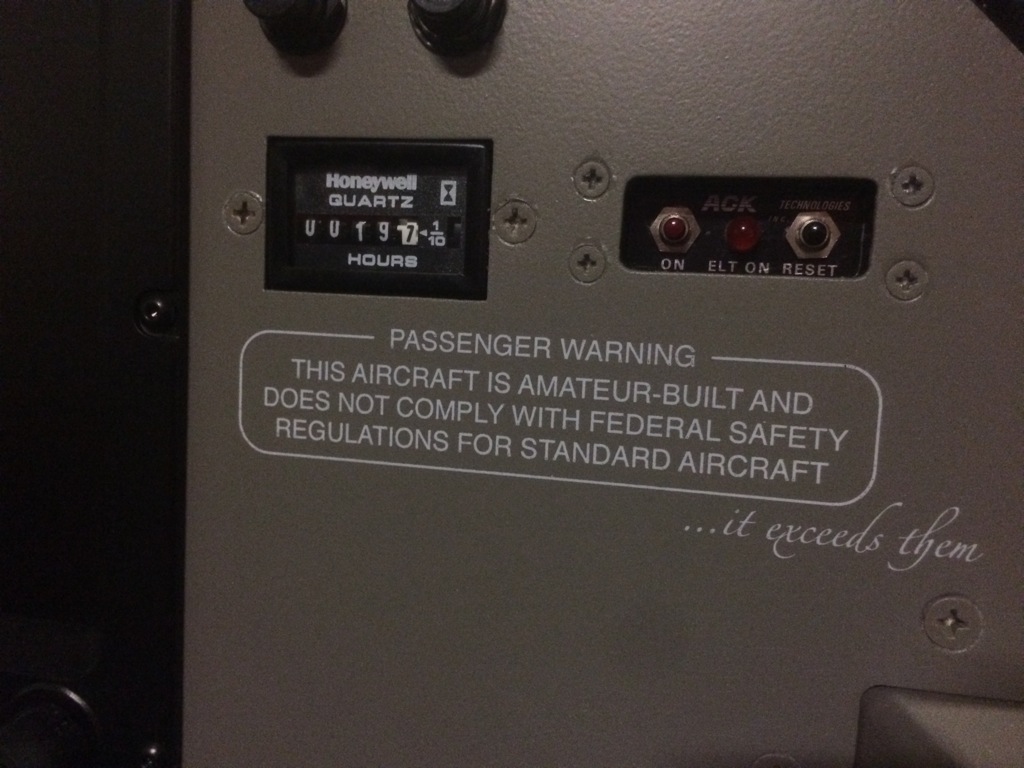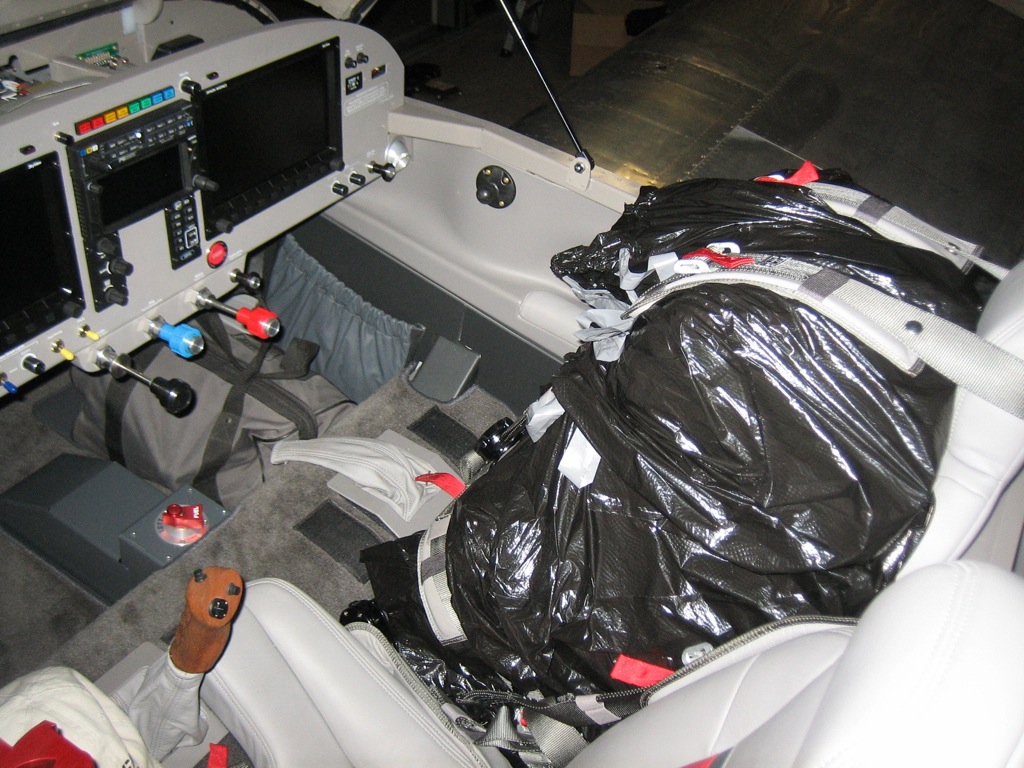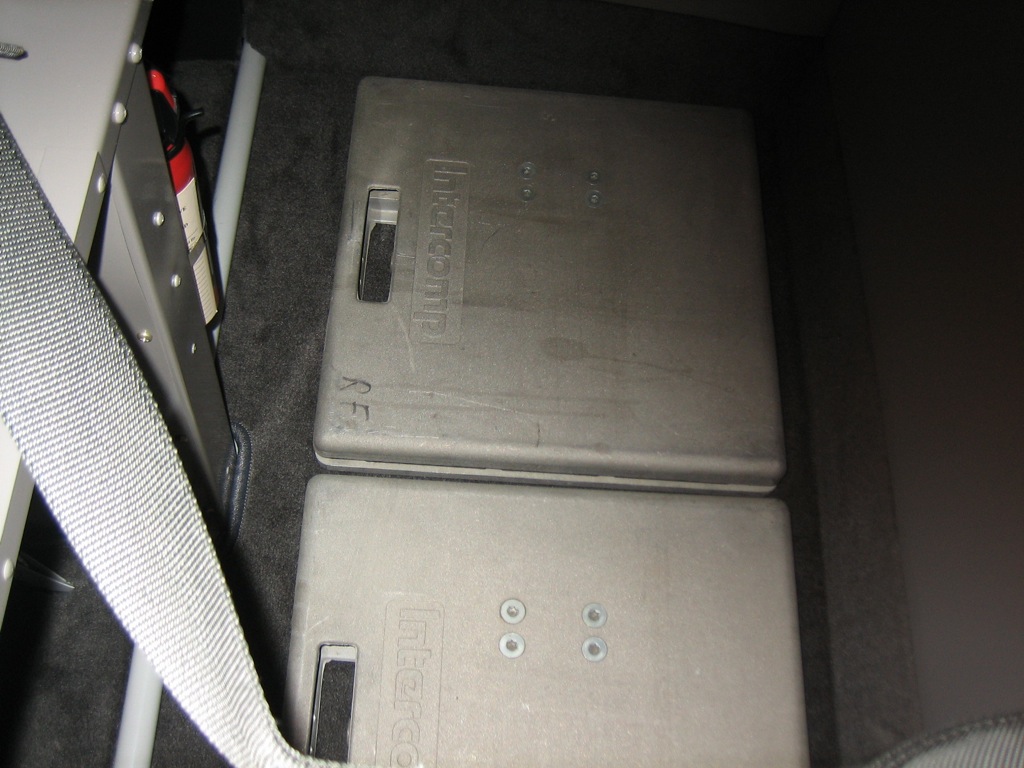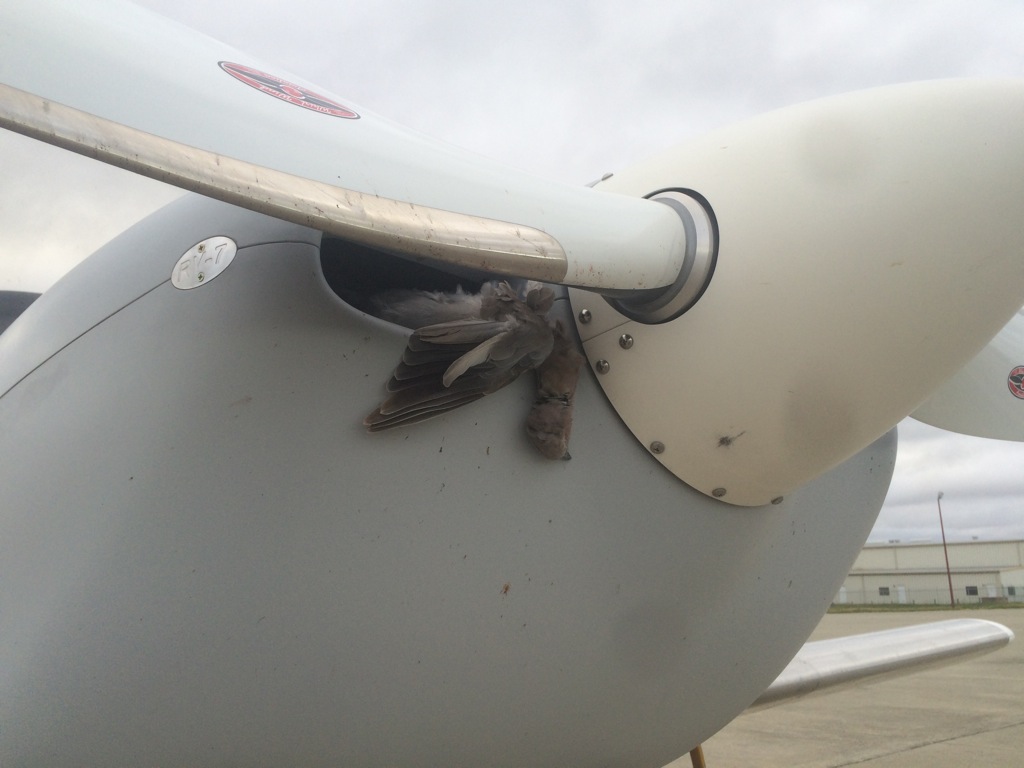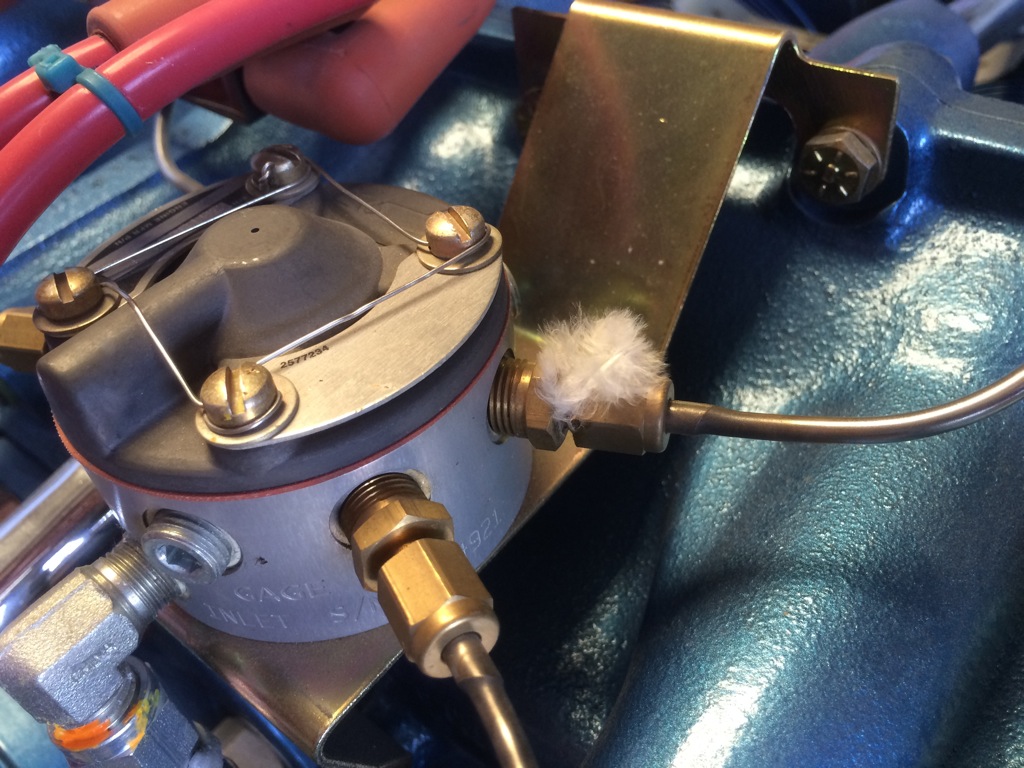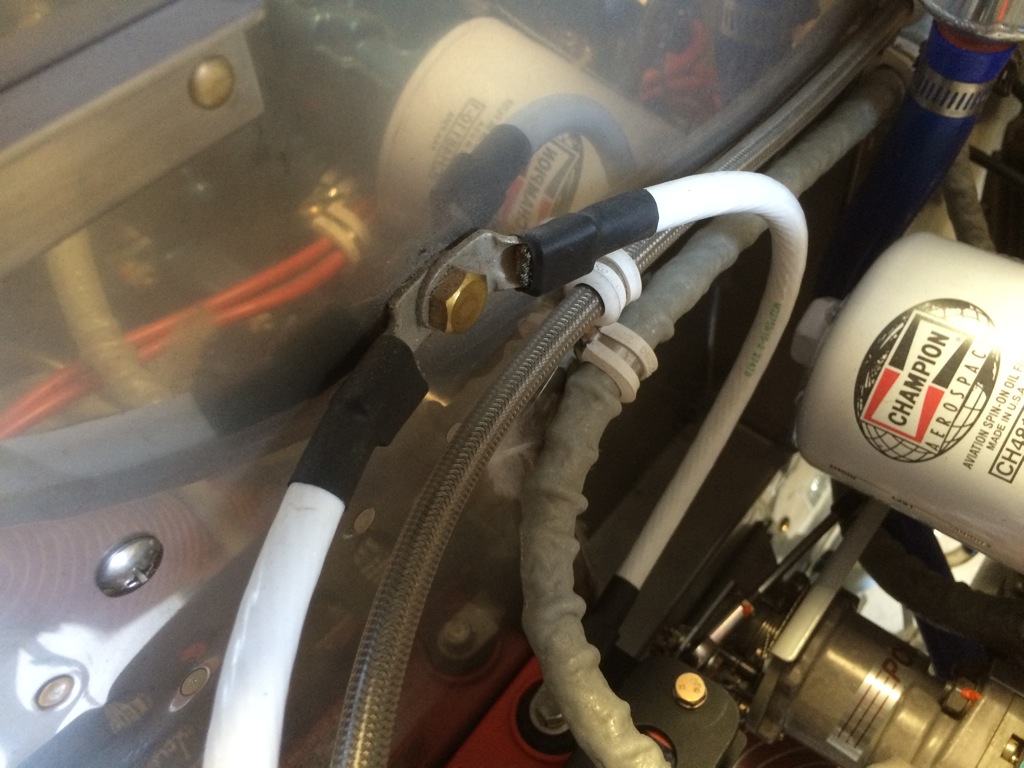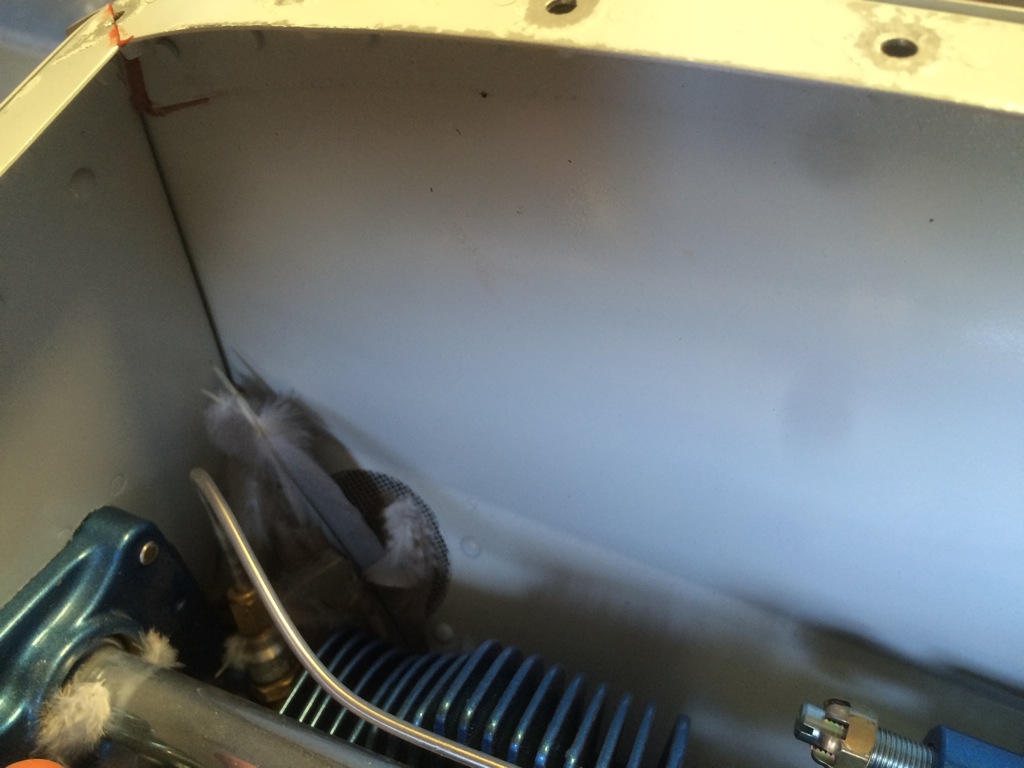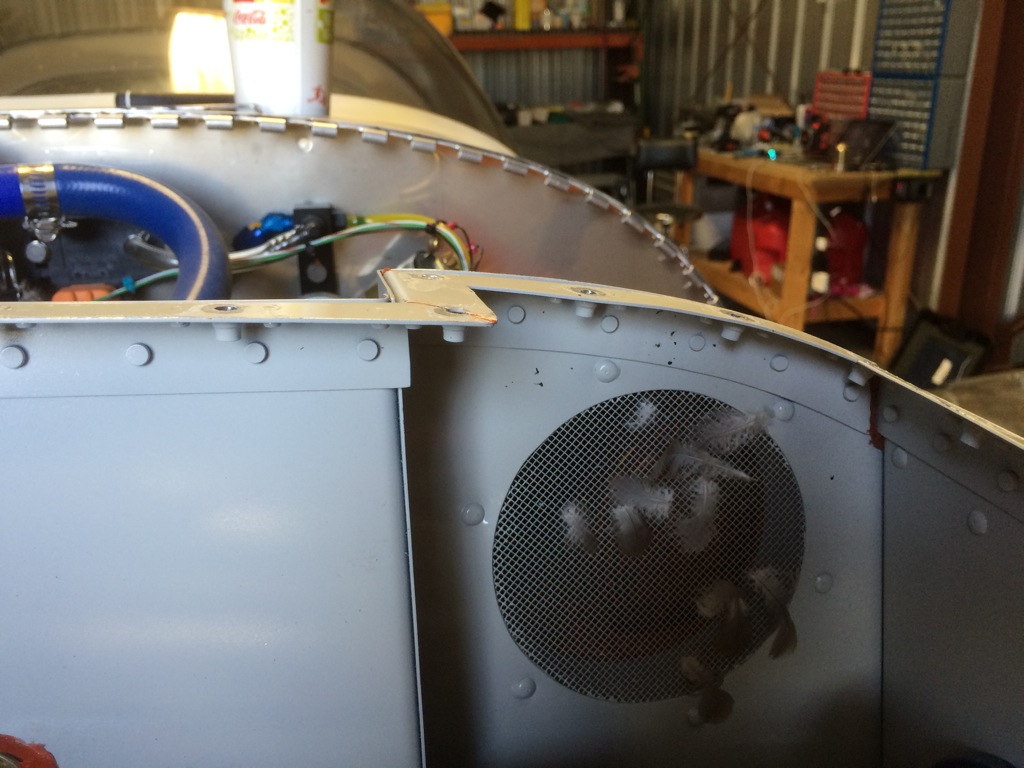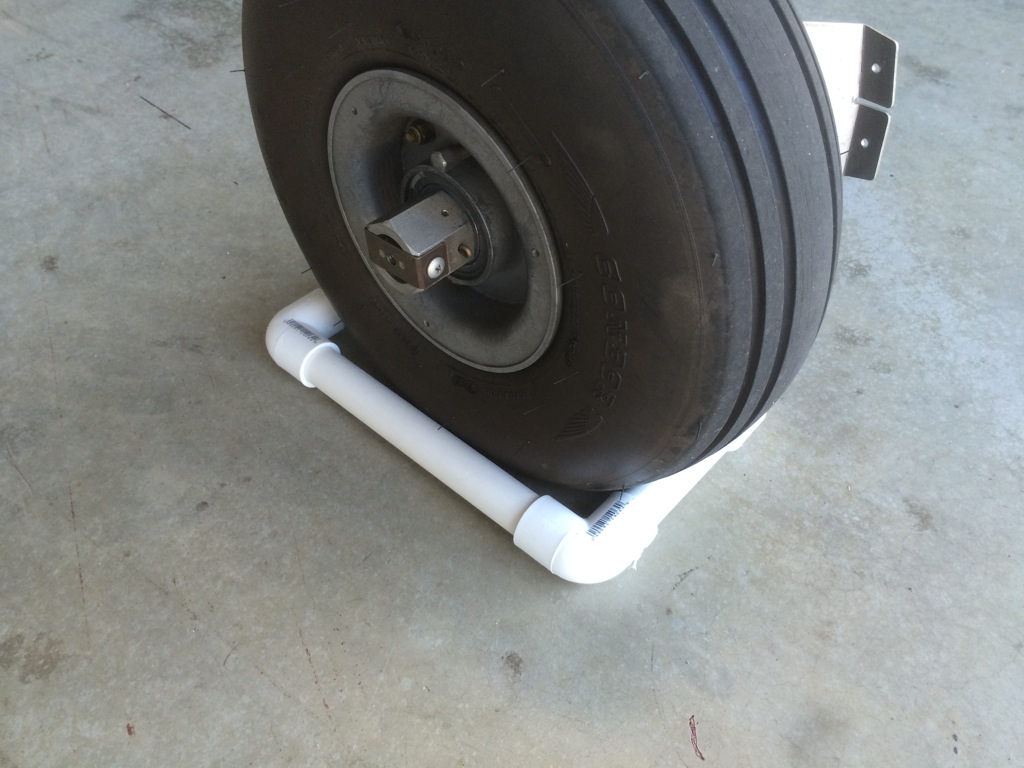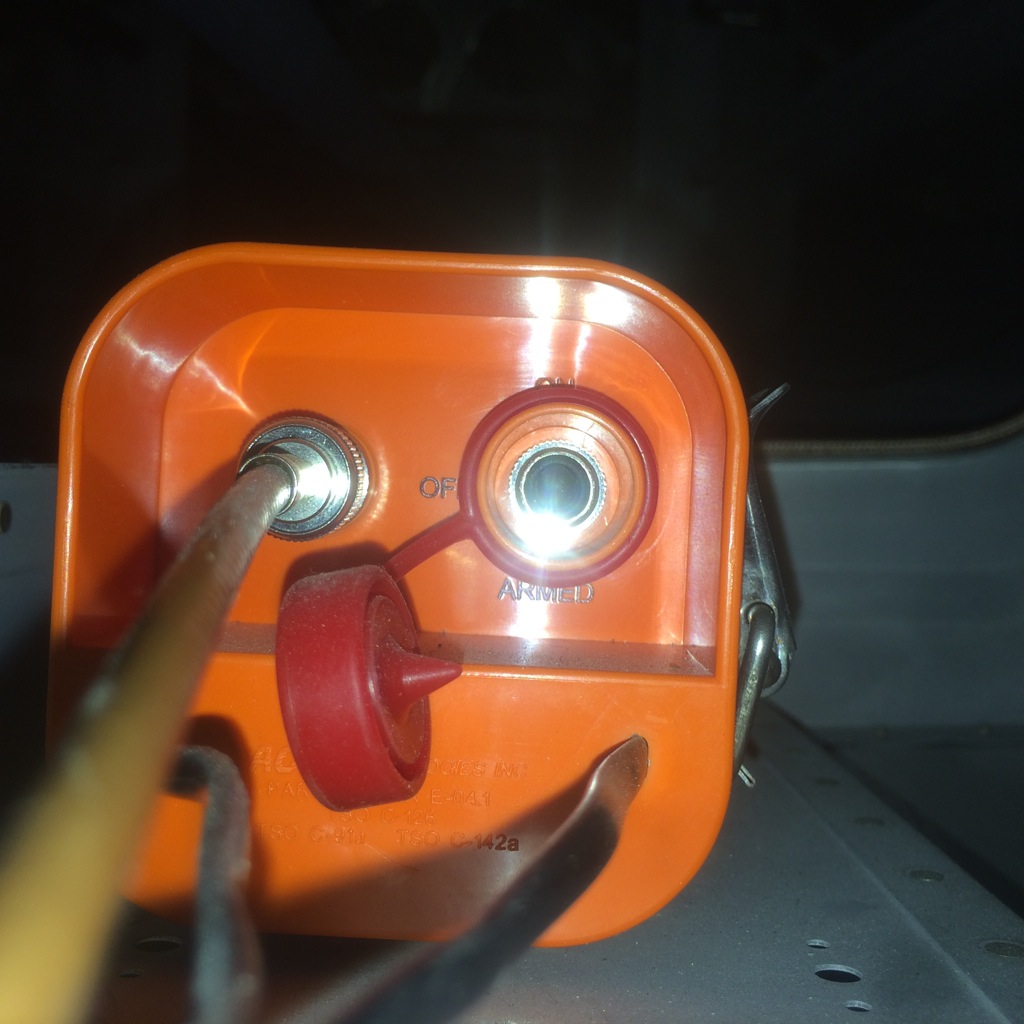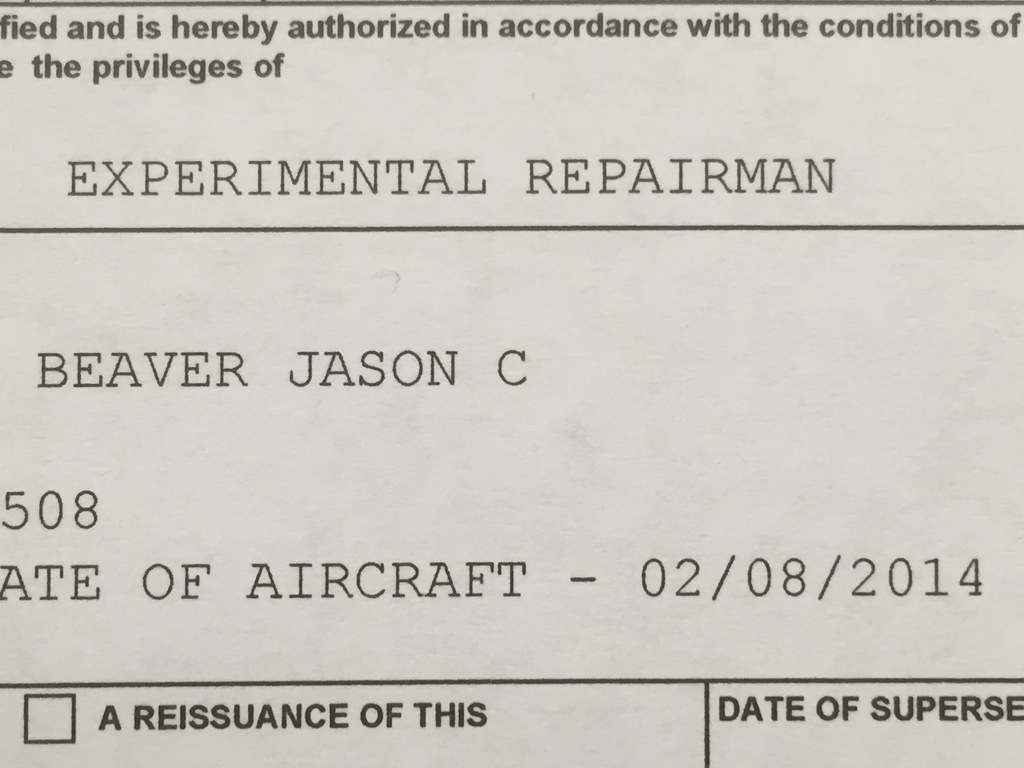I had nearly the whole day free and the weather was perfect, so I decided to see if I could get up to 20 hours on the Hobbs. I didn’t quite make it, but I came close.
I first flew over to Watsonville to meet up with my buddy Dan and his neighbor for lunch and then joined up with Greg in the air for some more formation practice. I’m definitely getting the hang of formation flying; my throttle and control inputs are getting smaller and smoother. We even did a formation takeoff which was quite a bit different than a regular takeoff. I was not looking down the runway or at my flight instruments and we were nowhere near full power so that I still had some smash if I started to fall behind.
We landed back at Hollister for some fuel. I’ve been keeping track of my fuel consumption for the last few flights, so I adjusted the K factor in the EMS to account for the discrepancy between estimated and actual fuel flow. Greg also helped me do a compass alignment on their compass rose since I hadn’t done that yet and I noticed our headings were sometimes nearly 10º off in flight. Finally, we played around with some very low power settings to see how efficient we could make the plane. Down around 80-85 kts, I was getting nearly 30 nmpg.
As the sun was setting, Greg and I headed back to Hollister for some pattern work. With only two RVs in the pattern, we were able to fly some incredibly tight and fast patterns. I would turn crosswind well before the departure end of the runway and be at pattern altitude by the time I finished turning onto a tight downwind. Pulling the power back, I was ready to drop flaps by the approach end of the runway so I could fly a close base. I didn’t time it, but I doubt that each trip around the pattern took more than a couple of minutes or so.
